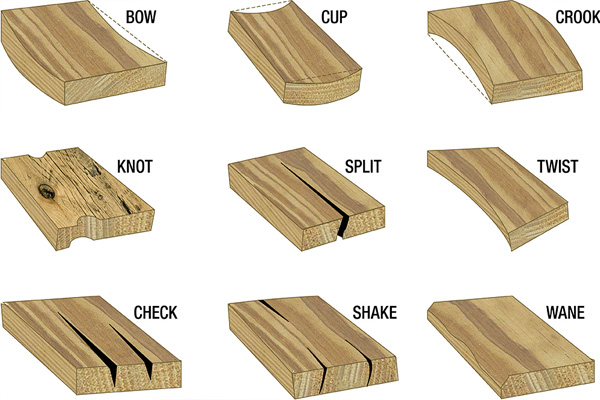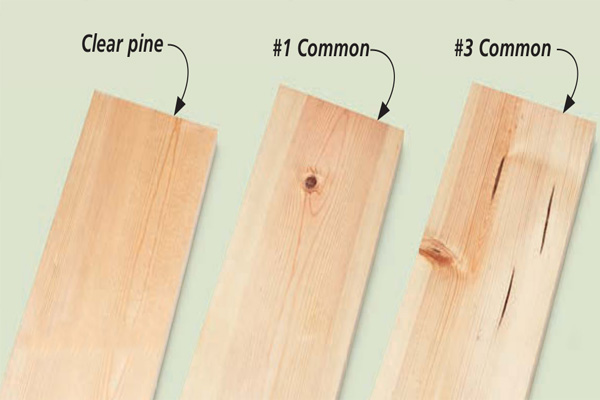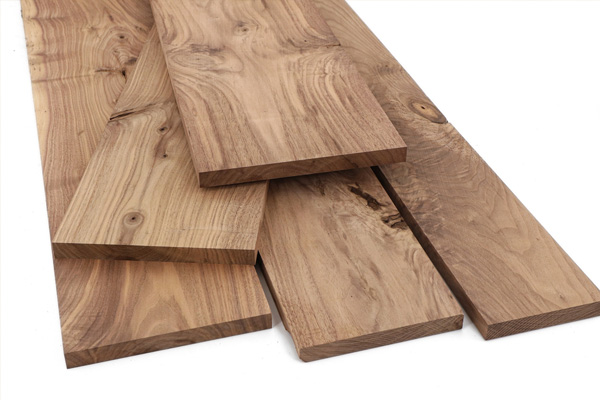What are Wood Grades?
Wood grades are a standardized classification system used to assess the quality and characteristics of lumber. These grades are assigned based on various factors, including the wood’s appearance, strength, structural integrity, and potential defects. Different organizations and regions might have their own grading systems, but the principles generally remain the same.
Why Do Wood Grades Matter?

- Quality and Appearance: Wood grades directly impact the visual appeal of your finished project. Higher-grade wood typically has fewer knots, blemishes, and other imperfections, resulting in a smoother and more attractive surface.
- Strength and Durability: Grades also reflect the structural integrity of the wood. Different grades are suitable for different levels of stress and load-bearing capacity. Choosing the appropriate grade ensures that your project will be sturdy and long-lasting.
- Cost: As you might expect, higher-quality grades usually come at a higher cost. Understanding the balance between grade and cost is essential for staying within your budget while still achieving the desired results.
Common Wood Grades
Wood grading systems can vary depending on the type of wood and the organization setting the standards. However, we can provide a general overview of common wood grading categories:

- Clear Grade or Select Grade: This grade is the highest quality and is free of knots, blemishes, and other defects. It’s often used in high-end furniture and fine woodworking projects where appearance is paramount.
- Common Grade: Also known as utility grade or construction grade, this wood has more knots, color variations, and potential defects. It’s suitable for structural purposes where appearance is less critical.
- Rustic Grade: This grade embraces the natural character of the wood, including knots, grain irregularities, and other unique features. It’s often used in projects where a more rustic or natural look is desired.
- FAS Grade (Firsts and Seconds): This grade combines high-quality boards (FAS Firsts) with slightly lower quality but still premium boards (FAS Seconds). It’s often used for fine woodworking and cabinetry.

- No. 1 Common and No. 2 Common: These grades include a wider range of knots and defects compared to higher grades. They are often used in general construction and other applications where appearance is secondary.
Choosing the Right Grade
Selecting the appropriate wood grade depends on several factors:
- Project Type: Consider the nature of your project. For decorative pieces or furniture that will be prominently displayed, a higher grade might be preferable. For structural elements or projects where appearance is less important, a lower grade might be more cost-effective.
- Budget: Your budget will play a significant role in determining the grade you can afford. While higher-grade wood is more expensive, it can significantly enhance the final look and quality of your project.
- Aesthetic Preferences: Personal preference matters. Some people love the character and uniqueness of knots and imperfections, while others prefer a pristine appearance.
- Functional Requirements: Consider the load-bearing capacity and strength needed for your project. Certain grades are better suited for heavy-duty applications, while others are more appropriate for decorative purposes.
- Finishing Plans: Your finishing plans also influence the grade you choose. If you plan to paint or cover the wood, minor defects might be less of a concern.
Wood grades are a critical aspect of purchasing lumber for your projects. They determine the quality, appearance, and suitability of the wood for various applications. By understanding the different wood grades available and considering factors like your project type, budget, and aesthetic preferences, you can make an informed decision and ensure that your finished project meets your expectations in terms of both quality and appearance. Whether you’re crafting a piece of furniture, building a structure, or working on any other woodworking project, selecting the right wood grade is an essential step towards success.


